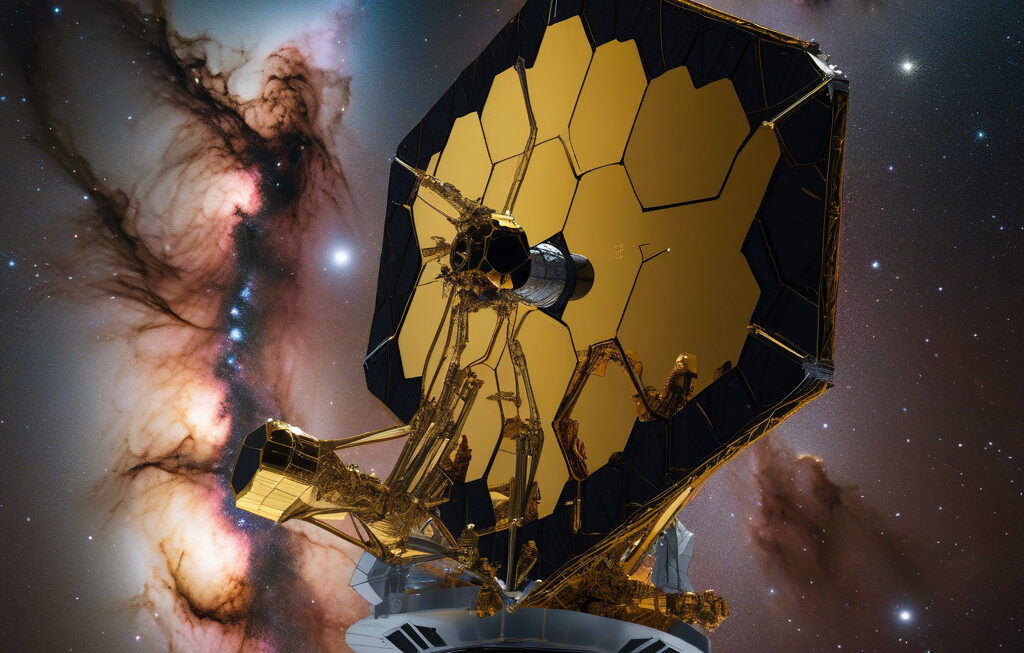US Orders NASA to Build First Lunar Time Zone to Guide Astronauts on the Moon
Ever wondered what time it is on the Moon right now? That question may soon be answered as the United States has directed NASA to establish the first lunar time zone. This groundbreaking initiative aims to provide a standardized system for scheduling activities and operations on the lunar surface, ensuring that astronauts can effectively manage their tasks in accordance with Earth-based timekeeping.
The concept of timekeeping on the Moon presents a unique set of challenges. With a lunar day lasting approximately 29.5 Earth days, traditional time zones become obsolete in this extraterrestrial environment. Without a designated time reference, coordinating activities between Earth and the Moon can be incredibly complex, jeopardizing the success of missions and potentially putting astronauts at risk.
To address this issue, NASA has been tasked with developing a lunar time zone that aligns with the rhythms of the Moon’s day-night cycle. By establishing a standardized system based on lunar time, astronauts will be able to synchronize their activities more efficiently, ensuring optimal productivity and safety during missions to the lunar surface.
This innovative approach to timekeeping represents a significant step forward in space exploration and underscores the importance of precise scheduling in the challenging environment of outer space. By implementing a lunar time zone, NASA is paving the way for future missions to the Moon and beyond, where effective time management will be crucial for mission success.
Moreover, the establishment of a lunar time zone has the potential to revolutionize our understanding of time and space, offering new insights into the fundamental nature of temporal concepts beyond Earth. By embracing this pioneering concept, NASA is not only facilitating practical mission planning but also contributing to the broader scientific exploration of the cosmos.
As we look to the future of space exploration, the development of a lunar time zone marks a significant milestone in our quest to expand human presence beyond our home planet. By harnessing the power of innovative timekeeping solutions, we are unlocking new possibilities for exploration, discovery, and collaboration in the vast expanse of the universe.
In conclusion, the directive to build the first lunar time zone represents a visionary leap forward in space exploration, positioning NASA and the United States at the forefront of pioneering efforts to conquer the challenges of timekeeping beyond Earth. With this initiative, we are not only shaping the future of lunar missions but also redefining our relationship with time in the boundless realm of outer space.
timekeeping, lunar exploration, NASA, space innovation, astronaut safety












